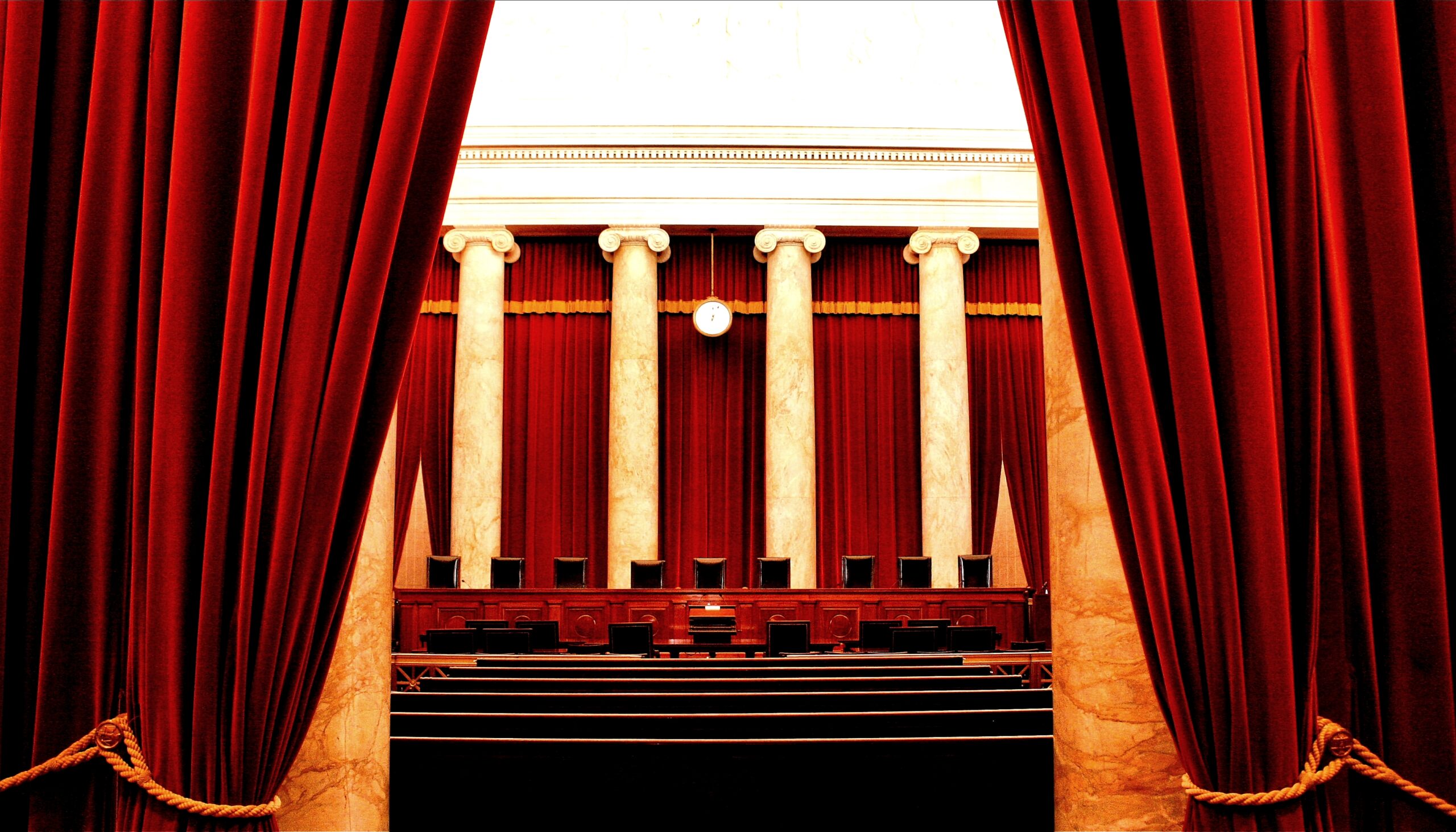
The U.S. Supreme Court has agreed to hear arguments on President Donald Trump’s global tariffs, a centerpiece of his economic agenda. While the case moves forward, the tariffs will remain in effect.
The Case at Hand
Trump is asking the justices to overturn a lower court ruling that said his administration acted unlawfully in imposing a wide range of import taxes. These include the “Liberation Day” tariffs announced in April and new tariffs against China, Mexico, and Canada aimed at curbing fentanyl entering the country.
At the heart of the dispute is whether the president has the authority to levy emergency tariffs without explicit congressional approval. The justices will hear the case in November, with a decision expected much earlier than the typical June timeline.
A federal appeals court in Washington ruled in August that Trump overstepped his authority by invoking the International Emergency Economic Powers Act (IEEPA) to justify the tariffs. The court called tariffs a “core congressional power” reserved for lawmakers.
Still, the appeals court allowed the tariffs to remain until the Supreme Court rules. The administration pushed for expedited review, citing the risk of having to unwind up to $1 trillion in collected duties if the tariffs are ultimately struck down.
Economic Fallout
The tariffs come at a fragile moment for the economy. Recent reports show construction and manufacturing jobs declining and inflation rising, particularly for imported goods hit with higher duties. Economists warn that leaving the tariffs in place until the Supreme Court decides could further strain the economy.
Refunding improperly collected tariffs could also prove complicated. Trade experts suggest the government might create an administrative refund process, but the exact approach remains unclear.
The legal battle echoes past Supreme Court cases where conservative justices limited presidential authority under the “major questions doctrine.” While Trump has relied on IEEPA for sweeping tariffs, the law does not explicitly mention taxing powers.
Even if these tariffs are struck down, Trump still has other tools. His administration has recently imposed sector-specific tariffs under Section 232, which permits action on national security grounds.
Author’s Opinion
Trump’s aggressive tariff strategy is as much political theater as it is economic policy. While it energizes his base by projecting toughness on trade, the uncertainty it creates for businesses and consumers is destabilizing. The Supreme Court’s ruling won’t just decide who controls tariff authority—it will test how far a president can stretch emergency powers. If unchecked, this approach risks normalizing economic disruption as a governing tool.
Featured image credit: Wikimedia Commons
For more stories like it, click the +Follow button at the top of this page to follow us.
